Article
What Makes Stellar Site Personalization? Look to Sephora, Best Buy and Adidas
October 10, 2019
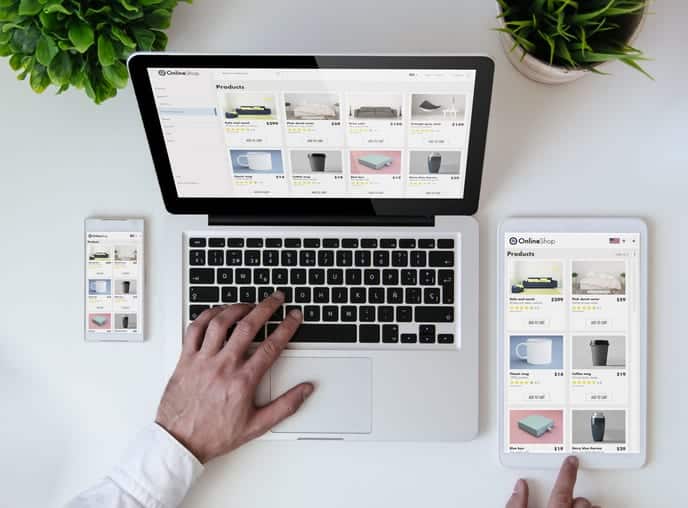
Accounting for nearly half of U.S. retail ecommerce sales, Amazon truly is the “Everything Store,” a one-stop shop for every product under the sun. (If you’re feeling nostalgic for the ‘90s, Amazon even sells walkmans — 20 pages of them.) That makes Amazon just as overwhelming as it is convenient. Searching the word “umbrella” brings up hundreds of options with seemingly endless brands, colors, sizes and functions. Site personalization curates that infinite inventory to create a better customer experience. And more sales. According to Accenture, 91% of consumers are more likely to shop with retailers that provide personalized recommendations and offers. Amazon also does this so well that 47% of shoppers will head there if another brand doesn’t provide relevant enough recommendations.
Site personalization is paramount to Amazon’s success, something every retailer can and should recreate. On Marigold Engage by Sailthru’s third annual Retail Personalization Index, in which we evaluate 250 retailers based on their personalized marketing capabilities, Amazon had one of the highest scores in the website category. But several brands — including Sephora, Best Buy and Wayfair — scored even higher.
We’ve identified seven best practices for spectacular site personalization, looking at some of the top-scoring site personalization powerhouses. Download the guide here to learn more. In the meantime, see what made some of the stars shine:
MATCHESFASHION: Considering the Customer Lifecycle
MATCHESFASHION adds hundreds of new items to its website every day so the inventory may differ wildly from Monday to Friday. With expert-level customer profiles — there are millions of them and they update dynamically — the luxury retailer does a great job of understanding where people are in the purchase cycle and personalizing the onsite experience accordingly. This also applies to first-time visitors, who are greeted with a few location-specific brand differentiators, including a hotline for 24/7 style advice. The customer’s click activity determines the second site experience, automatically setting to the male or female version of the homepage.
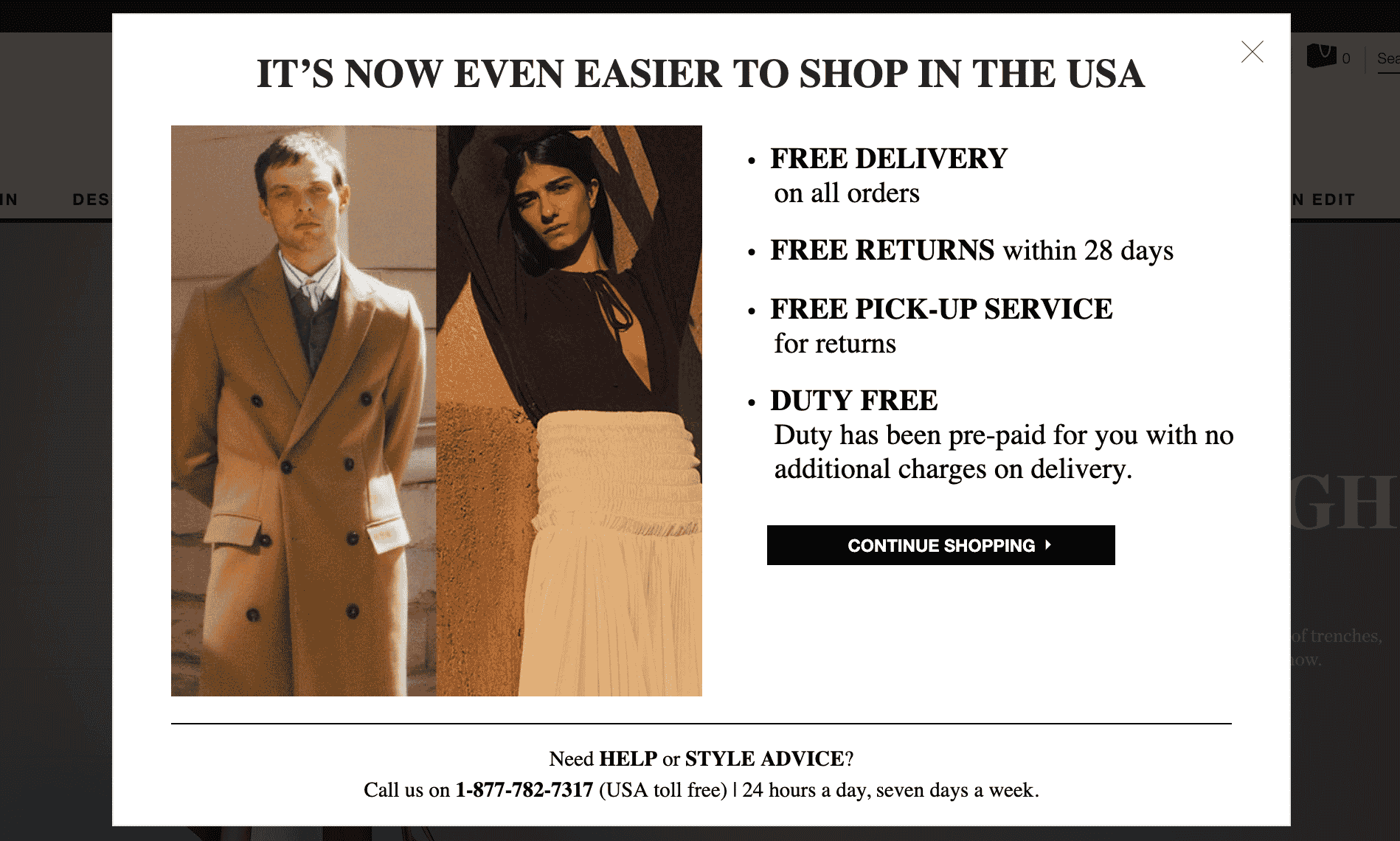
Adidas: Asking for Assistance with Site Personalization
Men, women, runners, basketball players, sneakerheads. All different kinds of customers shop on Adidas’ website and the sportswear brand asks for their assistance in creating a personalized experience. Adidas shoppers can create profiles, where they specify their favorite sports and save coveted items to wishlists. This gives the retailer a starting point for personalized recommendations and offers. Best of all, this profile goes beyond adidas.com. This onsite profile is actually part of the Creators Club loyalty program, which centralizes preferences, wishlists and order history. That helps Adidas better personalize the customer experience on every channel.
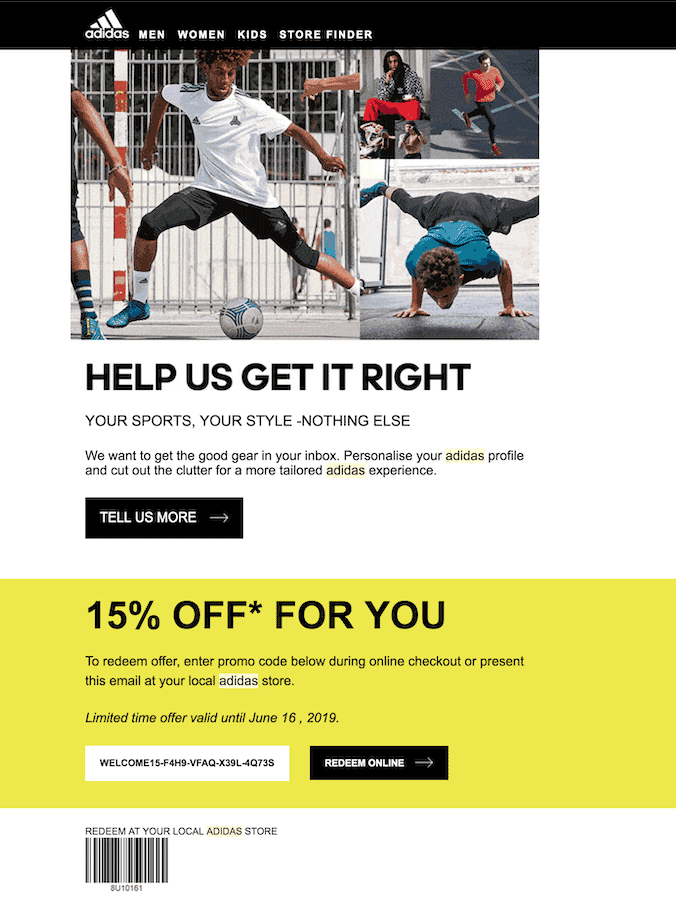
Sephora: Combining Content and Commerce
During our exhaustive analysis of retailers, personalization and curation of content is one of the 80 attributes we look at. Sephora, the three-time champion of our Retail Personalization Index, was one of the only brands to score that point. The beauty giant’s website features a message board-style Community section, a gallery of user-generated content, and numerous quizzes. Those results help Sephora recommend the right products, while the community section is full of tips from others Beauty Insiders. In all three cases, content and commerce go together like sun protection and Foundation X+ by Natasha Denona, according to our foundation quiz results.
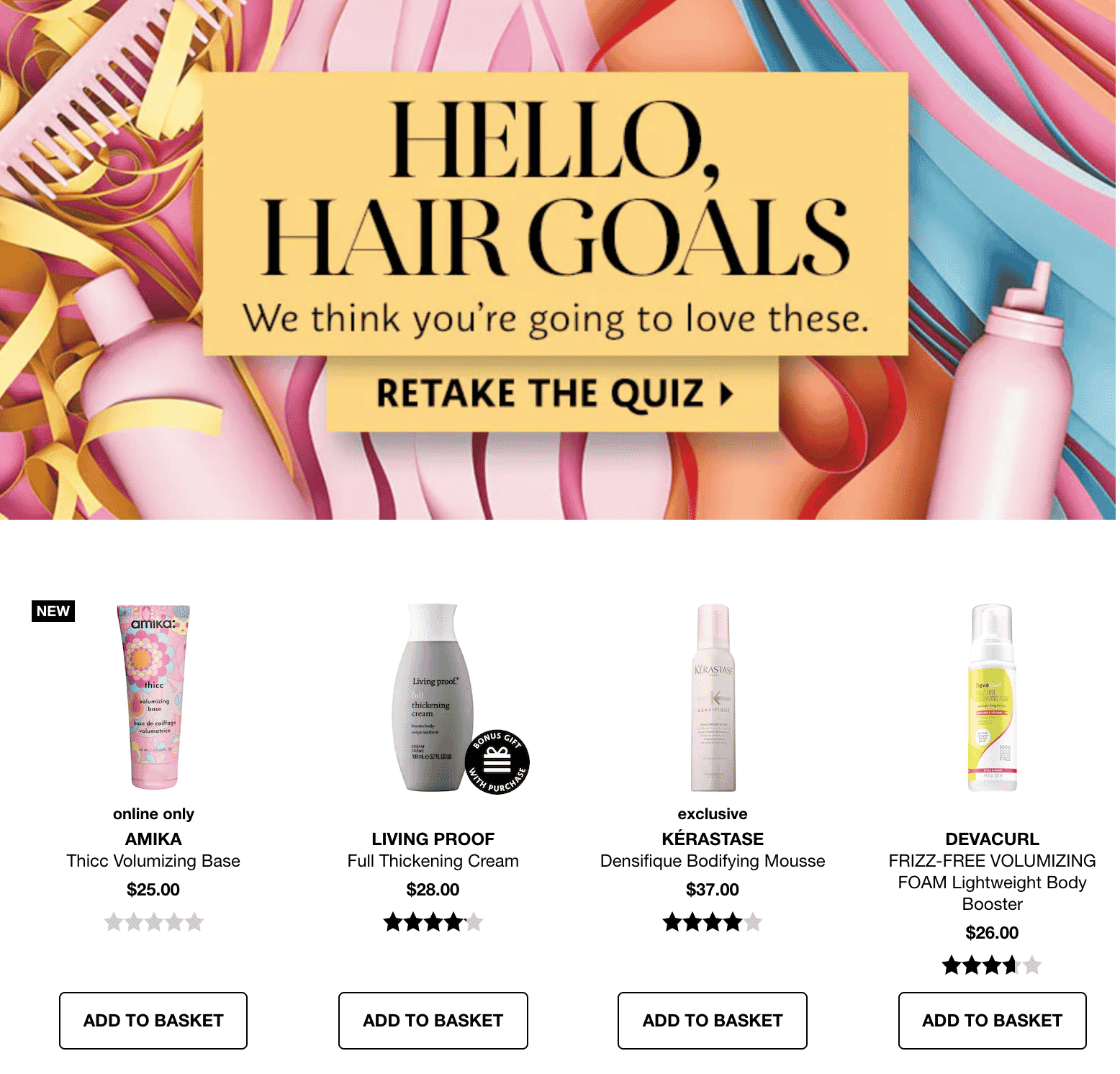
Best Buy: Looking at Location
Best Buy has more than 1,000 brick-and-mortar locations throughout North America, but the brand’s site experience varies based on which one is physically closest to a customer. The nearest store is displayed next to the search bar, complete with a detailed profile. That includes hours, directions, special features, and even a localized Geek Squad schedule. Additionally, product pages let customers know if items are available at their store and if not, the nearest location where it’s in stock. Do you live near one Best Buy, but shop at another? Not to worry; Best Buy allows customers to change their preferred location.
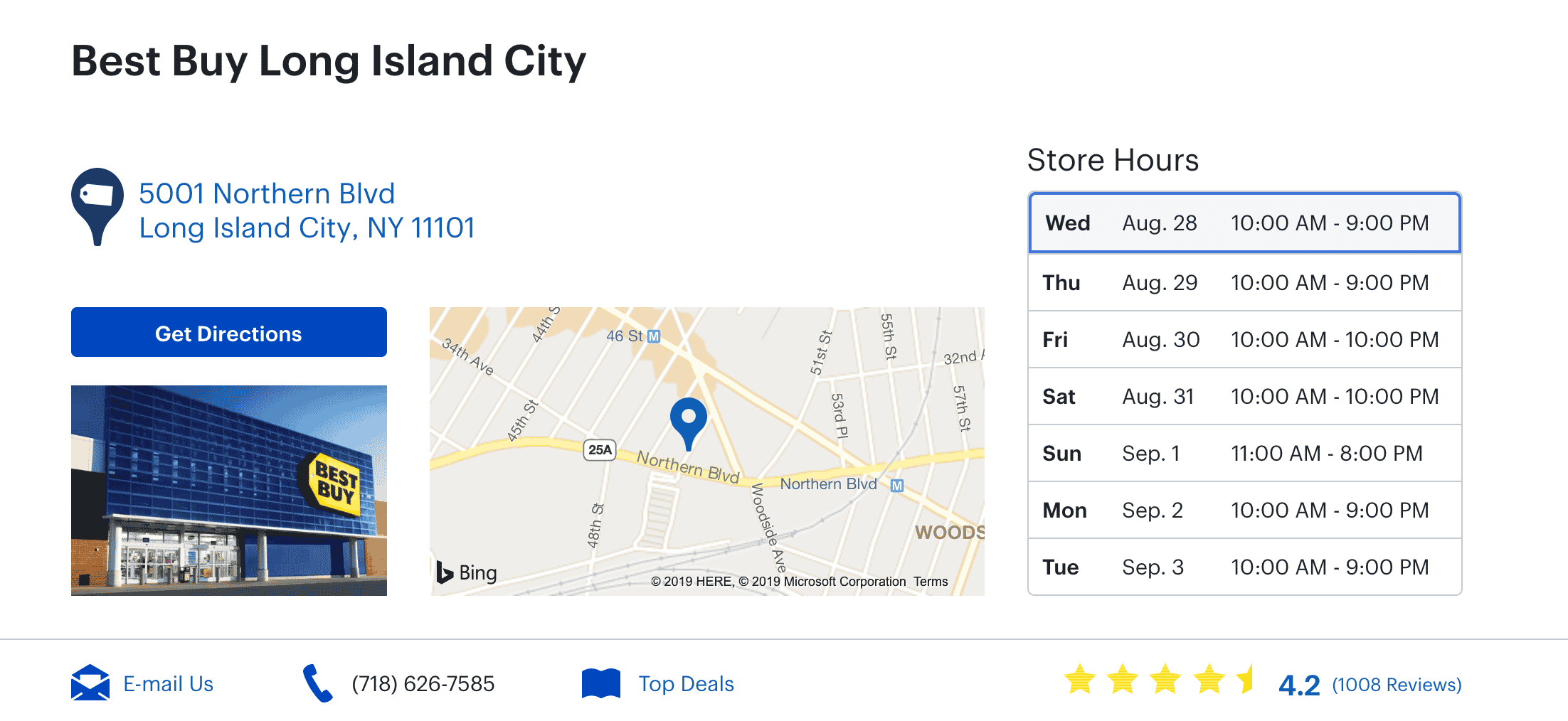
Looking for more tips about taking your site personalization to the next level? Download the guide here.
The State of Brand Loyalty in the U.S. in 2023
Related



